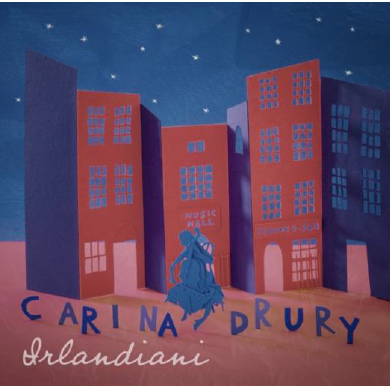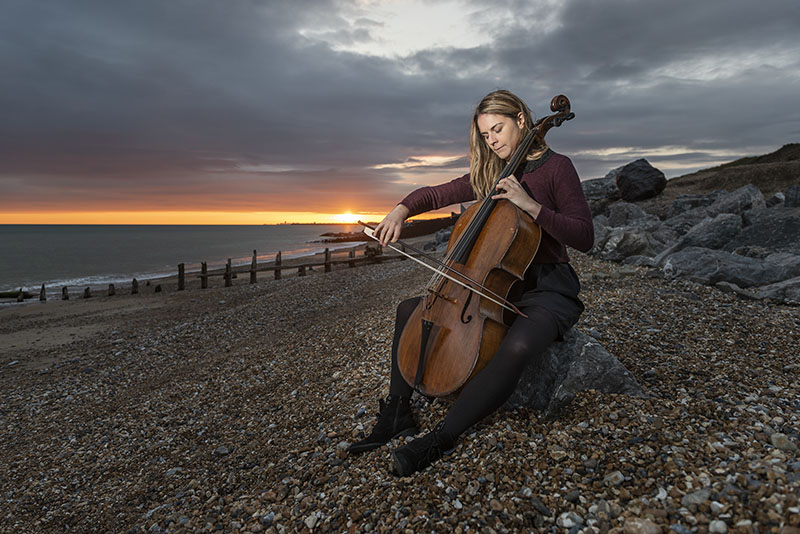Irlandiani
An exploration of musical life in 18th Century Ireland
Penny Fiddle Records. PFR2005CD. 57’33

The musical life of 18th century Dublin is often overlooked in recordings, concerts and in many a musical history. With that in mind, the debut album Irlandiani from the Irish baroque cellist Carina Drury is particularly welcome. Taking its title from the name given to early Italian settlers in Ireland, the recording pictures the musical life of early 18th Century Dublin. It explores the influence of Irish folk music on Italian baroque composers living in Ireland, and the influence of the Italian baroque style on Irish composers. With Irish flute player Eimear McGeown and a combination of historic and traditional instruments, the album explores Irish music from The Neal Collection, the first printed collection of Irish music, together with cello sonatas by Italian composers who lived in Dublin during the 18th century.
The recording opens with three Cello Sonatas by Lorenzo Bocchi and Francesco Geminiani. Bocchi’s two Cello Sonatas come from his Musicall Entertainment, published in Dublin in 1724 by John & William Neal alongside sonatas for violin, flute and ‘six-string bass’ (viola da gamba) and a Cantata with the enigmatic title of Blate Jonny faintly tell’d fair Jeen his mind. Carina Drury’s musically sensitive cello playing is supported by continuo cellist Poppy Walshaw and excellent harpsichord continuo realisations from Nathaniel Mander. How many people realise that keyboard players are only given the single bass line and a few enigmatic number, and have to provide all the other notes themselves?
The rest of the recording is given over to traditional Irish music. Carina Drury is joined by Eimear McGeown and Aileen Henry, playing Irish flute and Baroque harp, in music by Lorenzo Bocchi, Turlough O’Carolan and Burk Thumoth. Bocchi’s contribution is the modestly entitled Plea Rarkeh na Rourkough or An Irish Weding Improved with Diferent Divitions after an Italian Maner, a piece not much longer than its title. Carolan’s Concerto for harp solo is, as the title suggests, by Turlough O’Carolan, the Irish harpist and musical hero. His touching Farewell to Music makes an appropriate conclusion to the recording. Limbrick’s Lamentation, from the Neals’ 1724 Collection of the Most Celebrated Irish Tunes, is an elegaic melody for Irish flute. It is followed by the equally mournful Ye Clarge’s Lamentation played on the cello. Two pieces from Burk Thumoth’s c1724 ‘Twelve Scotch and Twelve Irish Airs’ complete the programme.
The playing is excellent, and the musical story fascinating. The CD launch concert can be viewed here, with selections from the album recorded, with reduced forces for the Sonatas, in London’s Handel House and the St Pancras Clock Tower.

